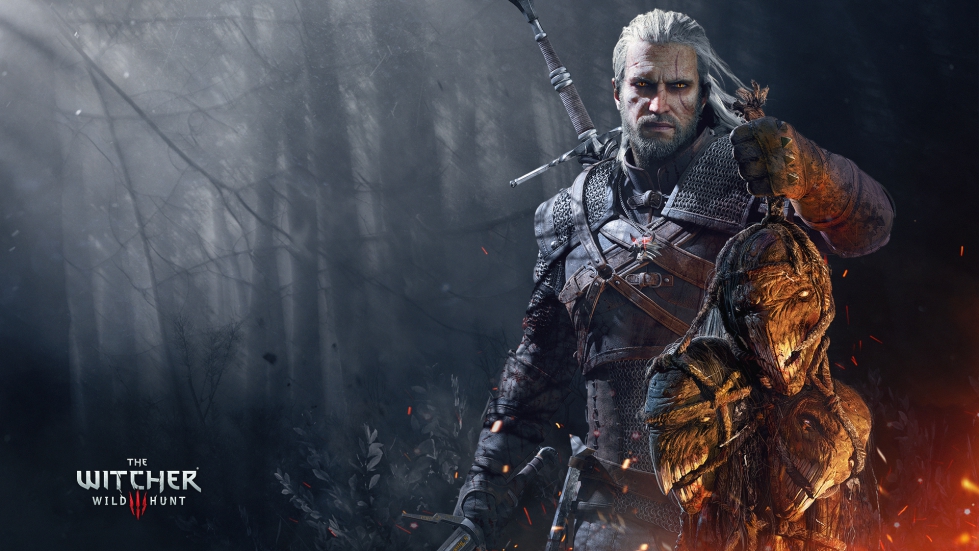What’s Next for Open World Games?

Open world games have quickly come to dominate console gaming. Many of the the most successful console games, including the best seller of all times, Grand Theft Auto (GTA) V, are open world games. Many of the last years’ biggest releases – Fallout 4, Batman: Arkham Knight, Metal Gear Solid V: The Phantom Pain, The Witcher 3: Wild Hunt, and Assassin’s Creed Syndicate to name the most prominent – featured textured worlds players can explore at their leisure, while current chart topper Tom Clancy’s The Division allows players to navigate their way around a troubled, futuristic New York.
It’s easy to understand why open world games have become more attractive to players than the linear levels of traditional games, but there are problems with the open world format, too. Where do open world games need to improve if they are to remain at the pinnacle of gaming?
Storytelling
Metal Gear Solid V is one of several open world games that have drawn criticism for a weak and unfocused story. For obvious reasons it is tougher for developers to attach a tight, structured story to a game where players can wander at will than it is to one where they move predictably through the game from point A to B.
The Witcher 3: Wild Hunt showed that open world games can still offer a powerful narrative experience. Its awards for Video Game of the Year and Excellence in Narrative at this week’s SXSW Gaming Awards were just the latest in a long line of accolades for CD Projekt Red’s title.
The Witcher 3’s storytelling strength lies in the care taken to make every quest and subquest interesting and surprising, with memorable and entertaining characters popping up. The Witcher 3 also allows players to make narrative choices, such as whether to fight a former friend or allow them to pursue a path that might result in countless deaths. These choices (and their consequences) draw players into the game and the overall success of The Witcher’s storytelling provides a template for future open world titles to follow.
VR
2016 is the year of virtual reality – or so the brains behind Playstation VR, Oculus Rift and the HTC Vive hope. Sony’s promise that Playstation VR will put players at “the centre” of game worlds emphasises the key role VR headsets could perform in open world games. As textured and alive as the worlds of Fallout 4 and The Witcher 3 are, players still experience them from “the outside”. With a TV screen replaced by a headset that mimics our natural visual field, where a mere turn of our heads can reveal a living 3D world around us, VR technology has the potential to make open world games more immersive than ever before.
Yet More Freedom
Open world games promise players greater freedom than linear titles, but are the existing games as open and interactive as they could be? In Metal Gear Solid V players can roam freely around a segment of Afghanistan populated by Russian bases, but to drive the story forward they have to accept missions or side missions that are set in specific locations and have defined objectives. Gamers could be forgiven for pointing out that this isn’t dramatically different from the way levels operate and that the “open world” in Metal Gear Solid V often functions as a very elaborate menu from which new levels are selected.
Quests and subquests in RPGs work in a similar way. A truer open world would have no defined quests and no barriers determining which characters can be interacted with and which ones simply “populate” the world. Players would determine their own stories and make their own way through the game. A game with this level of interactivity would be harder for developers to design, but expect gamers to push for ever more elaborate open worlds that put control in their hands.



